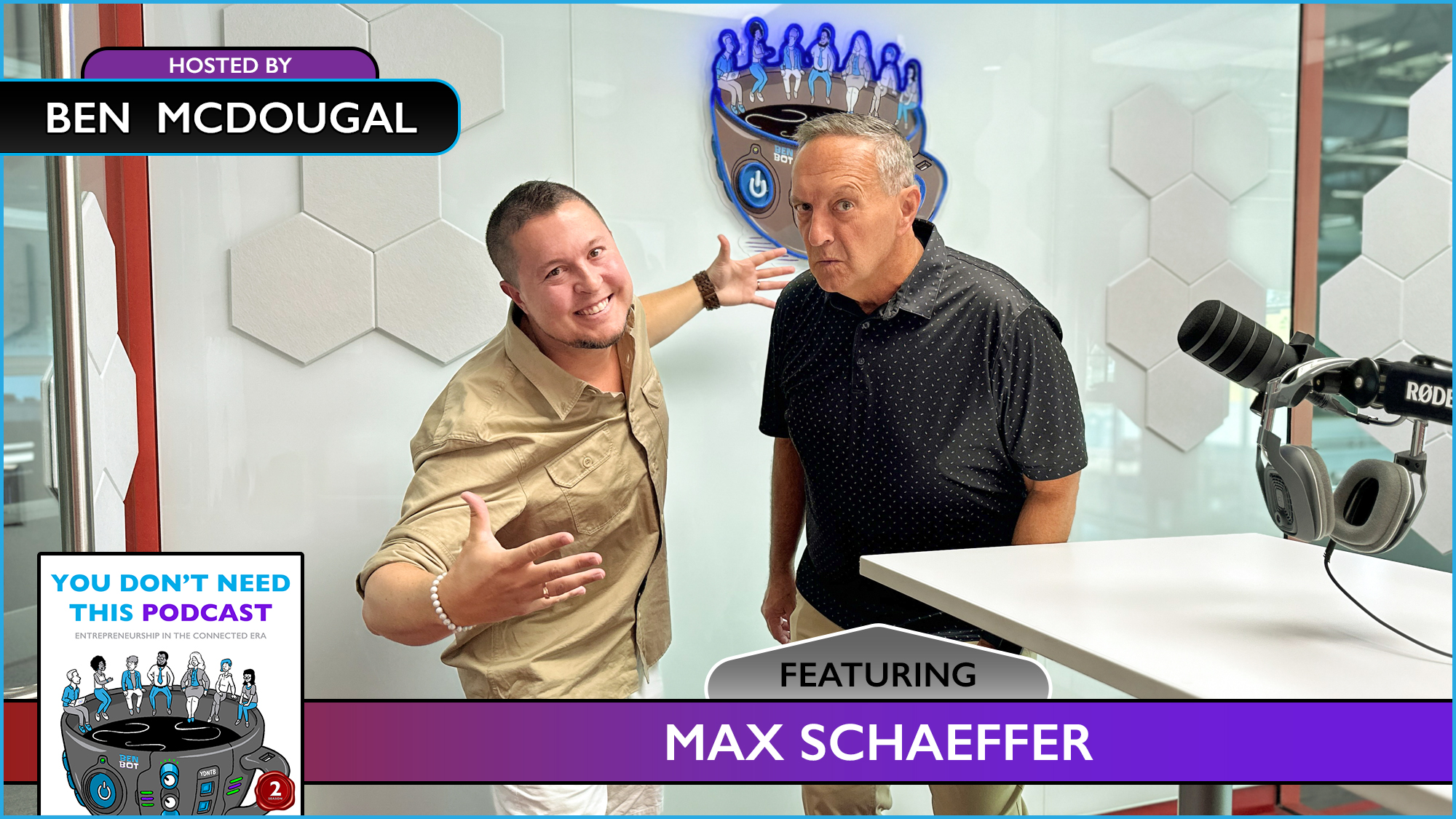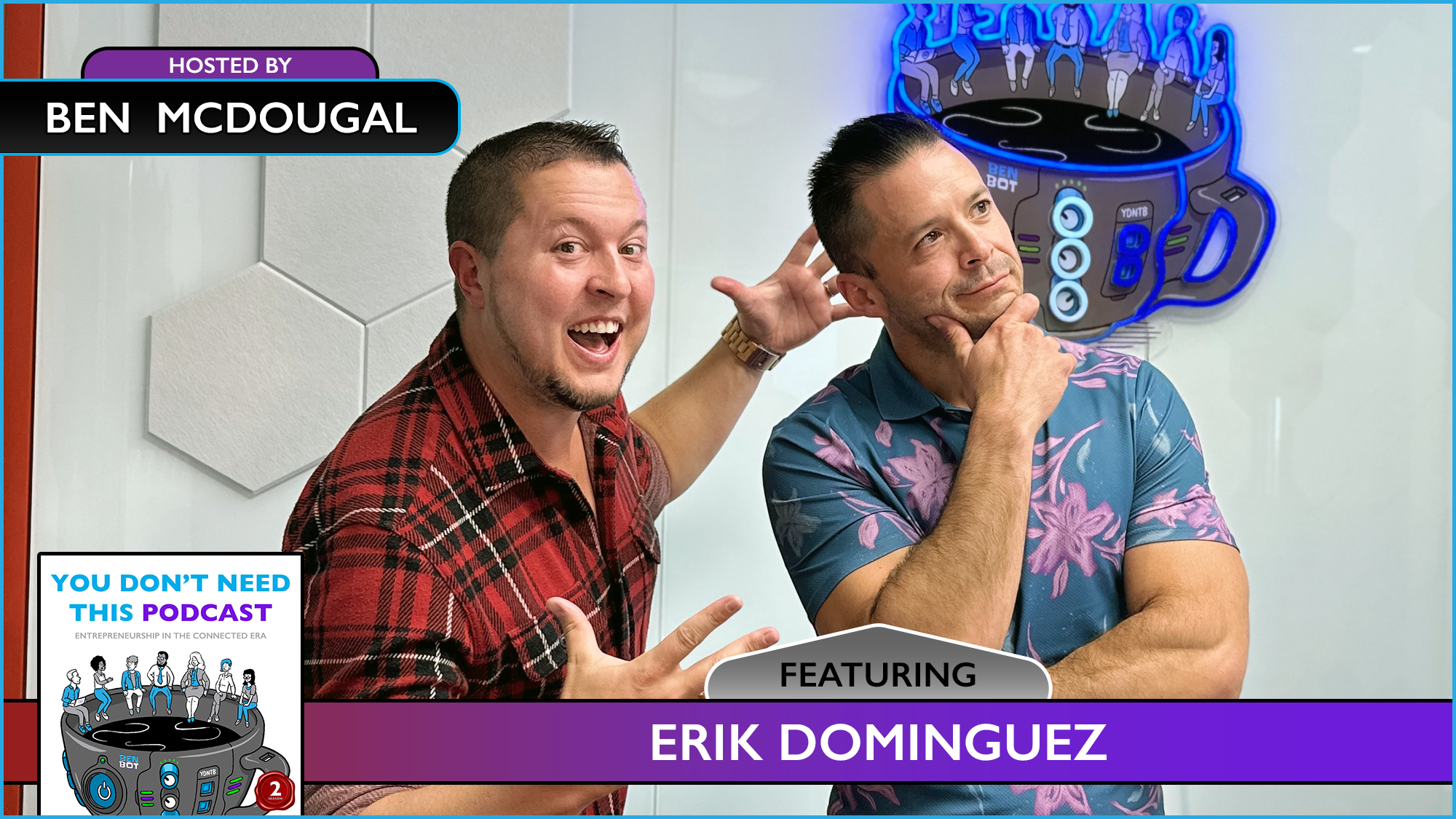From the moment we decide, a force is required. Strategic action geared to find, and then maintain momentum.
Extra Shot
“Inspiration is perishable – act on it immediately.” -Naval Ravikant
Meaningful momentum is awakened in endless ways. Early momentum might mean showing up at an event for the first time, researching the competitive landscape, testing an early hypothesis, leaning into customer discovery, considering potential co-founders, building product, and eventually activating a launch sequence.
Once a project is launched, the need for momentum gets stronger. It only becomes more important. There are a world of examples, but growing the business, achieving milestones, and celebrating progress are all forms of valuable momentum. Even in later stages of a company, momentum drives activities like succession planning, navigating exit paths, and considering how your human, financial, cultural, intellectual, and network capital can be recycled back into the entrepreneurial ecosystem.
Extra Shot
Need help regaining momentum?
Connect at BenMcDougal.com
If momentum is maintained long enough, the result can be a flywheel effect that feeds on itself. Most things you want to grow require attention, but with less friction, momentum delivers bonus time and valuable understandings. Space for new activity emerges and that keeps things interesting.
The tough reality may be that if momentum is melting, it’s difficult to recapture. Once something melts, it’s never quite the same. These dips are moments to consider when and what to quit. If there’s enough energy to keep going, there may be a way to keep building.
Like the opening quote reminds us, inspiration is perishable. The longer stagnancy lingers, the farther you get from momentum. Tactics to maintain kamiwaza, even when momentum is melting, starts with communication. Honest communication adds clarity and is the easiest way to appreciate the realities of slowness. Reducing the weird by exposing the why, also keeps different stakeholders on the same page. By reducing the tension that quietly brews in silence, teams may be able to run at lower speeds, even during lethargic times. If left unattended however, this can devolve into a lack of urgency that brings another set of challenges. At lower speeds, perhaps less movement is needed to regain the sense of shared momentum?
That’s a real thought, but a tad boring. When it’s time to thrive, not just survive, sparks fly as initiative is taken. Tactics for climbing a momentum mountain include:
-
- Connecting within startup communities
- Travel and learning something new
- Saying “yes” to unlock adventure
- Saying “no” to create space
- Revisiting customer discovery
- Building a new feature
- Considering a pivot
- Onboarding new customers
- Adding to the team
- Have fun, then stay centered on a climb down
- Whatever else generates joy in your own life
Momentum is crucial to playing long-term games with long-term counterparts. Find a good pace by exploring the momentum you’ll need at different stages of the quest. This awareness helps you quit chasing momentum and sets us free to forge better art at a sustainable speed. Continue to multiply mass and velocity, which equates to momentum when, where, and how it’s needed to stay wild.


